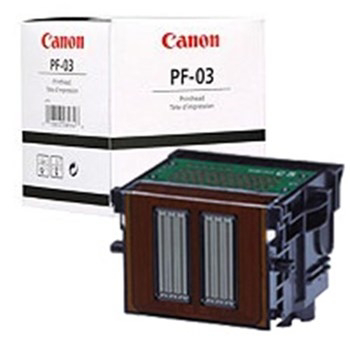Here's why:
* Freezing point: Water freezes at a much higher temperature than coolant, which can lead to engine damage in cold weather.
* Boiling point: Water boils at a lower temperature than coolant, which can cause it to evaporate quickly and lead to overheating.
* Corrosion: Water can contribute to corrosion and rust in the cooling system.
* Lack of additives: Coolant contains additives that help prevent corrosion, scale buildup, and other issues.
If your car's coolant is low, it's best to use a coolant mixture that is appropriate for your vehicle. This will ensure optimal engine performance and longevity.
However, if you're in an emergency situation and have no other option, adding water to your radiator can help prevent overheating. Just be sure to replace it with the correct coolant mixture as soon as possible.

